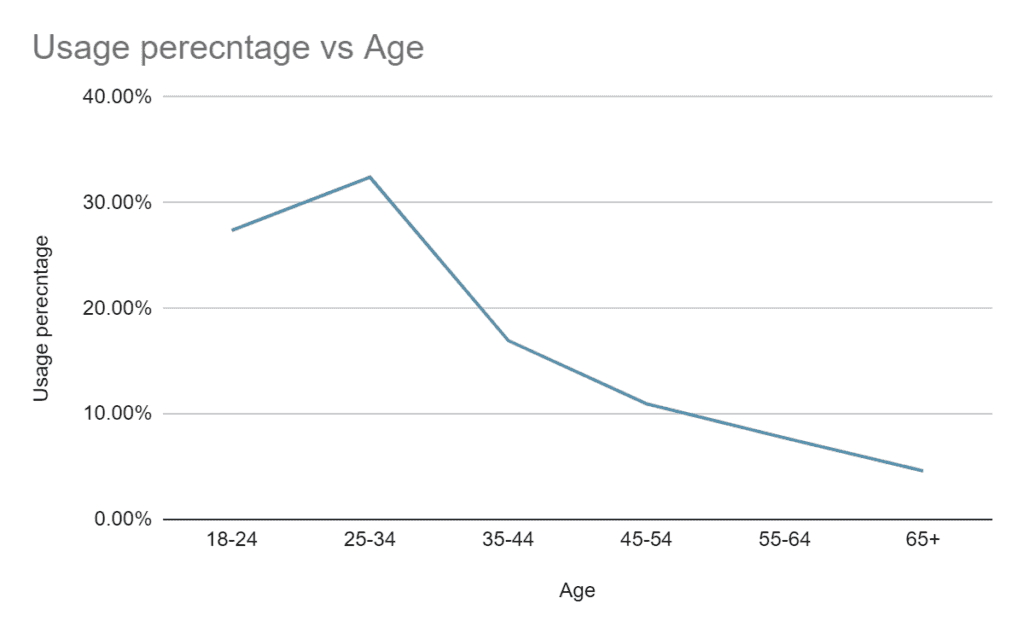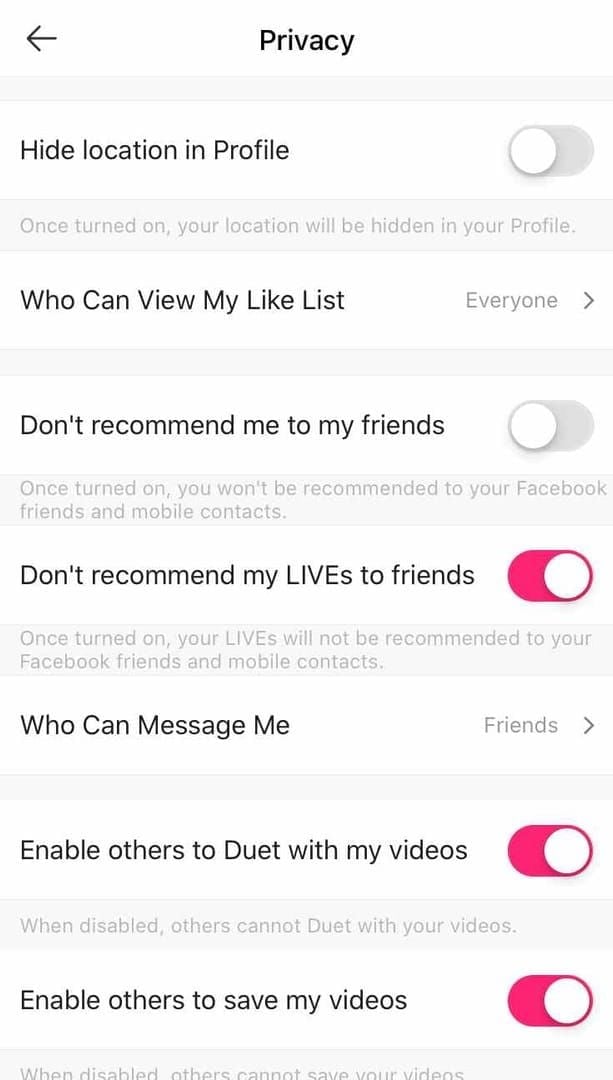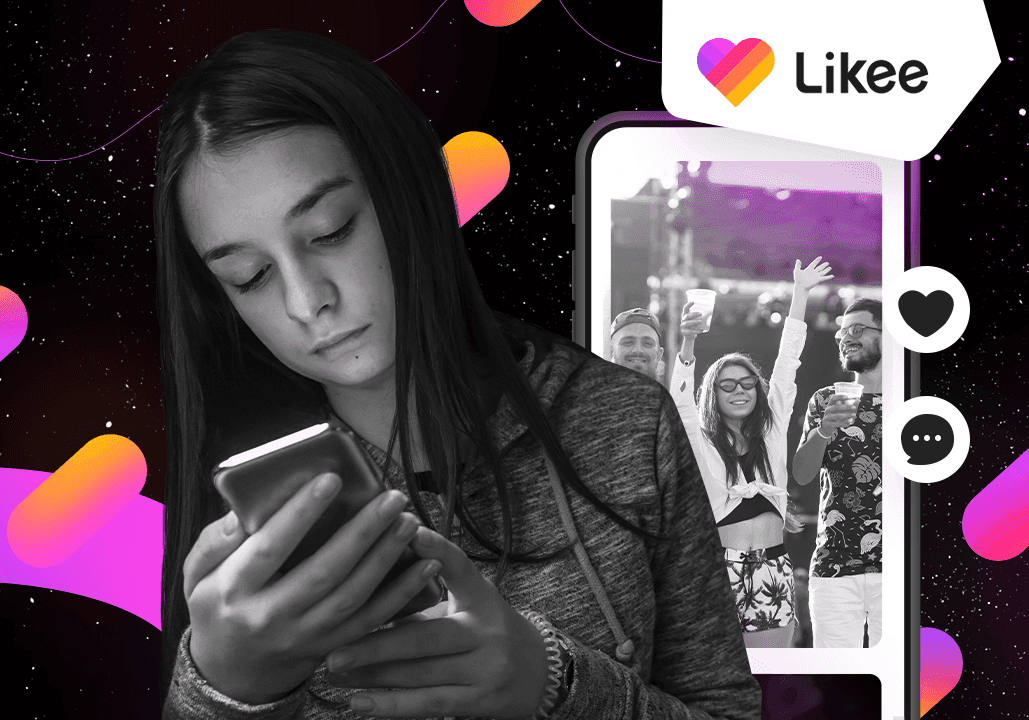Here's the bottom line: Likee still poses serious safety risks for children in 2025. Despite some improvements, we're talking weak age verification, forced public profiles, and inappropriate content that slips through even with parental controls enabled. Most child safety experts? They're recommending you skip Likee entirely for anyone under 18.
What's Likee All About – And Why Parents Are Freaking Out
The Numbers Don't Lie
Likee's massive. We're talking 500+ million downloads and nearly 34 million monthly users as of late 2024. But here's what really caught my attention: when TikTok went dark for 14 hours in January 2025, Likee downloads shot up 143% overnight. Usage jumped 37%.

That sudden influx? It meant thousands more kids suddenly found themselves on a platform with way less moderation than what they were used to. Not exactly the smooth transition parents were hoping for.
If you're already dealing with kids asking for in-app purchases, Likee diamonds top up through BitTopup at least gives you some control – secure payments, transaction transparency, and fraud protection that actually works.
Policy Updates That Sound Better Than They Are
Likee rolled out some changes for 2025. AI content filters, 18+ requirements for live streaming – sounds promising, right? The problem is enforcement. It's like having a speed limit with no traffic cops.
Age requirements vary wildly depending on where you live: 13+ in the US, UK, and Canada; 16+ in Germany and Iran. But here's the kicker – there's zero actual age verification. Kids just tick a box saying they're old enough. That's it.

The platform's track record speaks volumes. Between January and May 2021 alone, they had to take action against over 42,000 accounts for safety violations. India banned it outright in July 2020. Bangladesh followed suit. When entire countries are saying nope, that tells you something.
What Parents Are Actually Experiencing
The stories coming from parent groups are concerning. Ten-year-olds being manipulated into sending inappropriate images. Harassment through messaging that goes unchecked for days.
Child safety organizations aren't mincing words either – they're giving Likee a 1.0 out of 5 for safety and recommending an 18+ minimum age. That's not a gentle suggestion; that's a red flag.
Likee's Safety Features: What Works (And What Doesn't)
Family Safety Mode – The Good and the Frustrating
Parental Control Mode exists, and it does... something. You'll need to change the password every seven days (which is actually smart – prevents kids from memorizing it). When it's on, it sets videos to private, blocks some broadcasts, restricts access to the Popular section, and disables live broadcasting and private messages.

But here's what I found during testing: explicit material still gets through. The filters catch the obvious stuff but struggle with anything borderline inappropriate.
Privacy Settings That Aren't Really Private
This is where Likee really shows its limitations. Every profile is public by default – there's no private account option. None. You can set individual videos to private, but your profile? Visible to everyone.

Location sharing is enabled by default, which creates additional risks I honestly don't think the platform has fully considered.
If you're going to use Likee despite these concerns, at least configure these basics: Settings > Privacy > disable messaging, restrict content sharing, limit location visibility. Just know that protection remains partial since the core browsing experience stays public and unfiltered.
Setting Up Parental Controls (Step by Step)
Getting Started
Download Likee and create the account yourself
Go to Settings > Parental Controls immediately
Enable controls with a secure 4-digit password (remember, this changes every 7 days)
Set messaging to 'None' – not 'Friends Only,' but 'None'
Disable location sharing and online status
Restrict comments to friends only or disable entirely
Block unknown users from saving or sharing videos
For parents dealing with in-app purchase requests, you can buy Likee diamonds cheap through BitTopup's platform. They offer parental spending controls, transaction notifications, and budget limits – basically, the oversight Likee should have built in from the start.
Managing Who Can Contact Your Child
Block all private messaging. Disable video comments. Prevent followers from viewing contact lists. Turn off engagement notifications. Regularly review and remove unknown followers.
Even with all these precautions, remember: public profiles remain visible to anyone who wants to search for them. That includes people you definitely don't want finding your child.
The Real Safety Risks You Need to Know
Inappropriate Content Is Everywhere
I tested this myself – within minutes of opening Likee, children are exposed to sexually suggestive content. We're talking suggestive dances, poses, partial undressing, sexual imagery. The algorithm prioritizes engagement over child safety, which means controversial content gets pushed to the top.
The filters? They're not keeping up.
Stranger Danger Is Real
Here's a sobering statistic: there are an estimated 500,000 online predators active daily across social platforms. Likee's public-only profiles create significant vulnerability. Gender filters and hashtag searches make it easy for bad actors to systematically target children.
The gift exchange system (where $1.00 equals 210 Beans) creates another pressure point – predators can use virtual gifts to pressure children into creating inappropriate content.
Cyberbullying and Privacy Concerns
The public comment system enables widespread harassment. I've seen inappropriate sexual comments remain visible for weeks. Likee scores only 49% for privacy protection – they're collecting location data, contacts, device information, even facial features. This data gets shared with third parties for advertising without usage limits.
How Likee Stacks Up Against Other Platforms
What Kids Actually Need Before Using ANY Social Platform
Children need to understand online privacy, recognize manipulation tactics, have emotional resilience, and maintain consistent communication with parents. Most kids under 16 simply don't have these developmental markers yet.
Child safety experts aren't being overly cautious when they recommend avoiding Likee entirely for users under 18 – they're being realistic about child development.
TikTok vs. Likee: A Safety Comparison
TikTok has its issues, but it offers private account options, family pairing oversight, one-hour daily limits for under-18 users, and human content reviewers. Under-16 users have restricted messaging, and age verification is stronger.

Likee? No private accounts, weaker parental controls, public-only profiles, and immediate inappropriate content exposure.
What the Experts Are Saying
Independent organizations consistently rate Likee among the most dangerous apps. Common Sense Media doesn't recommend it for anyone under 18. The Family Online Safety Institute labels it high-risk. ConnectSafely says it requires strict supervision. Internet Safety 101 recommends avoiding it for children entirely.
That's not one organization being overly cautious – that's consensus.
Better Monitoring and Safer Alternatives
What to Watch For
Conduct weekly activity reviews. Look at followers, content, comments, messages. Monitor usage through screen time controls – over 30 minutes daily often indicates addictive patterns.
Watch for secretive device behavior, emotional distress after app use, declining academic performance, or withdrawal from family activities.
Actually Safe Alternatives
YouTube Kids provides the safest video experience with human-curated content, no social features, and comprehensive parental controls. For education: Khan Academy Kids, PBS Kids Games, National Geographic Kids. For creativity: Stop Motion Studio, Flipaclip, GarageBand – tools that let kids create without the social sharing risks.
The Bottom Line: Expert Recommendations for 2025
Current Safety Assessment
Despite 2025 improvements, fundamental design issues persist. The inability to create private accounts and continued inappropriate content exposure pose significant risks. Platform growth is overwhelming moderation capabilities – inappropriate content appears within minutes even with safety features enabled.
Decision Framework
Avoid completely if: Your child is under 16, your family prioritizes safety, your child has experienced cyberbullying before, or you can't commit to daily monitoring.
Consider with extreme caution if: Your child is 16-17 with proven digital literacy, you can provide comprehensive monitoring, and you're limiting usage to 15-30 minutes daily with supervision.
My recommendation? Focus on child-specific platforms, prioritize real-world activities, and delay social media until children demonstrate they're ready for the risks that come with online interaction.
FAQ
What age is actually appropriate for Likee? Likee requires 16+ (18+ for live streaming), but experts recommend avoiding it entirely for users under 18 due to weak verification and public-only profiles.
How effective are the parental controls? They block messaging and live streaming but protection remains limited due to the platform's public nature. You can disable some features, but you can't make profiles private.
Can strangers still contact my child? Yes. All profiles are public by default, so strangers can comment and interact despite parental controls disabling direct messaging.
What data does Likee collect from children? Extensively – location, contacts, device info, facial features. The platform scores only 49% for privacy and shares data with third parties without limits.
How good is content moderation really? Inadequate. Testing shows sexually suggestive content and harmful material appearing within minutes despite parental controls being enabled.
What are the safest alternatives? YouTube Kids offers human-curated content with no social features. Khan Academy Kids for education, Stop Motion Studio for creativity – all without social media risks.

